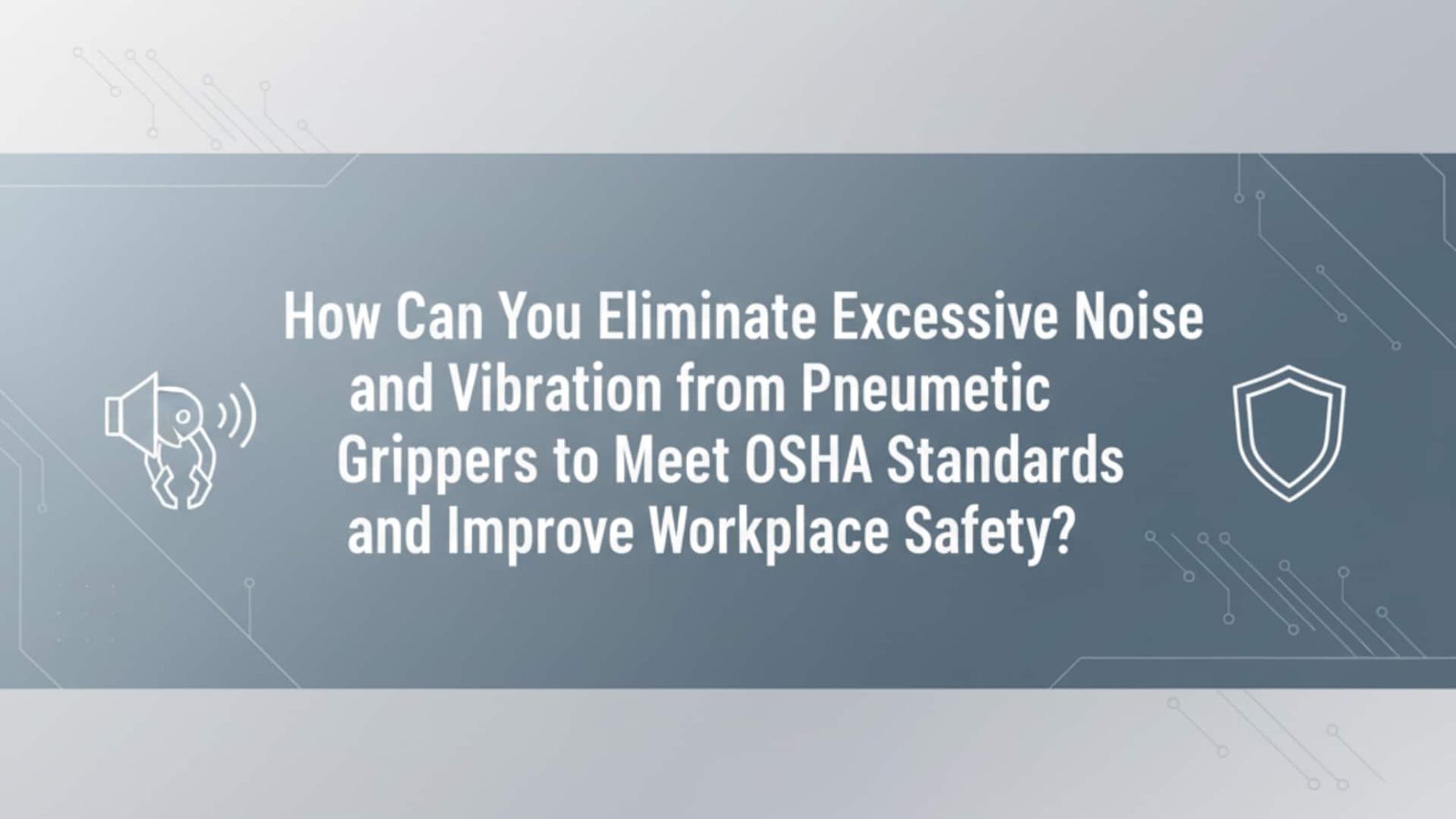
How Do Air Pressure Fluctuations Destroy Actuator Performance Consistency and Production Quality?
Air pressure fluctuations of ±0.3 bar or greater cause actuator force variations of 10-25%, positioning errors up to ±0.5mm, and cycle time inconsistencies of 15-30%, requiring precision pressure regulation within ±0.05 bar, adequate air storage capacity, and proper system sizing to maintain consistent performance across varying production demands.




